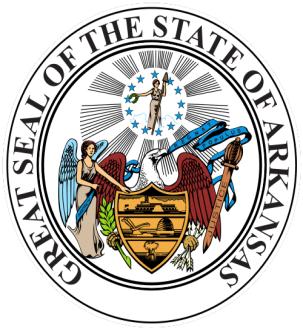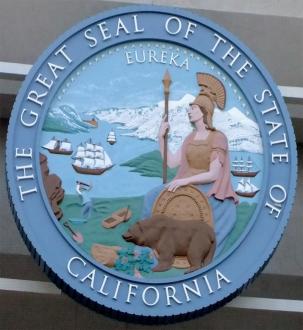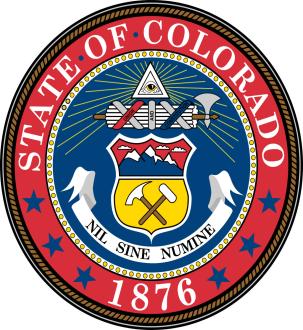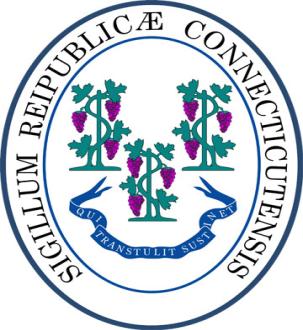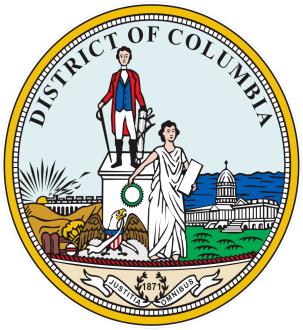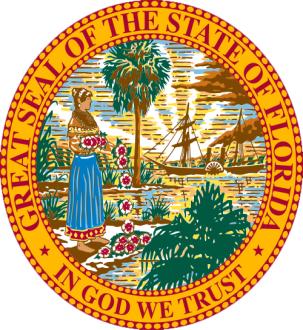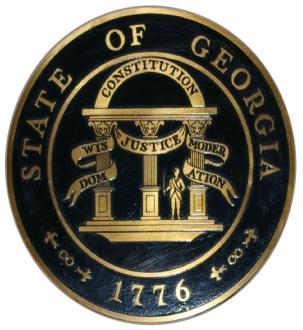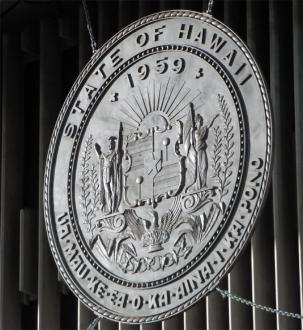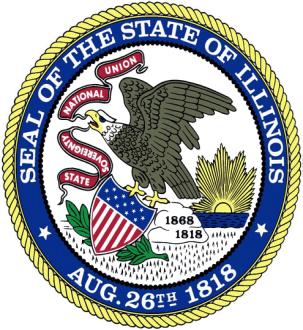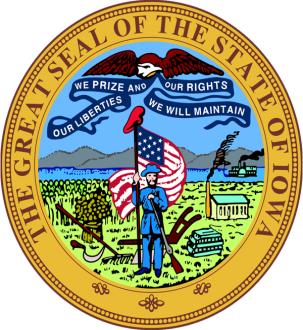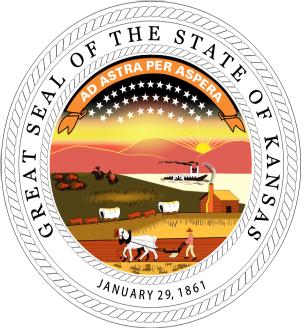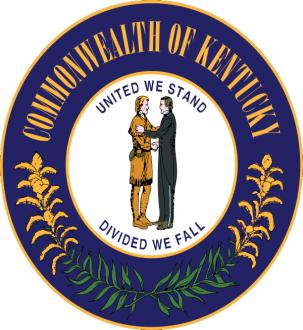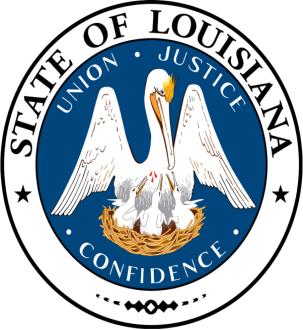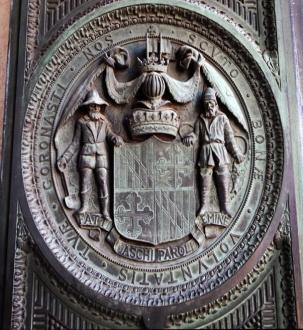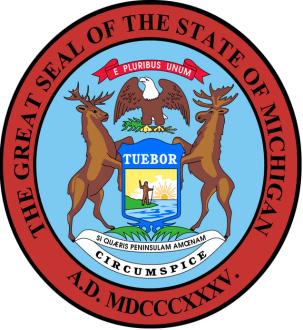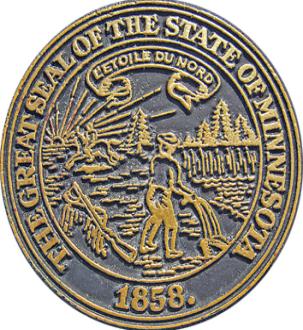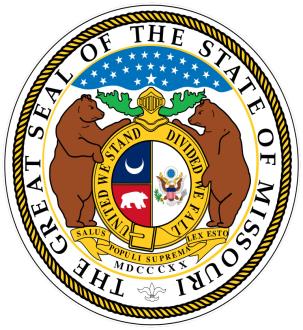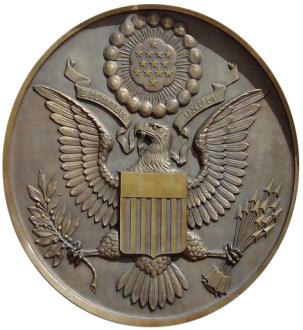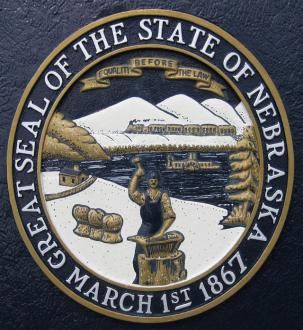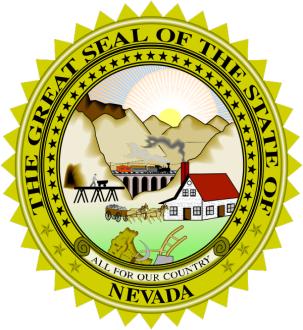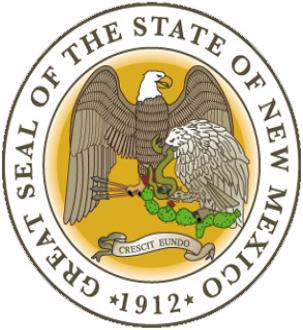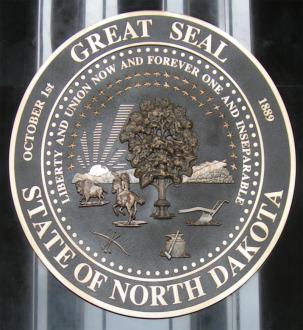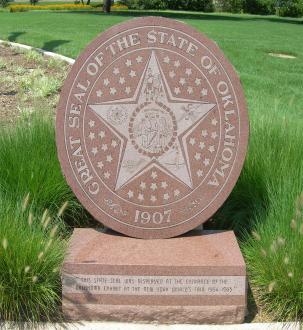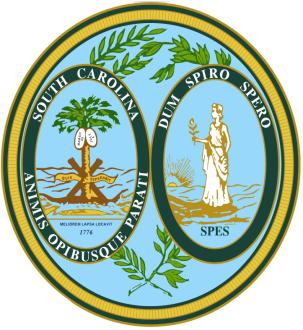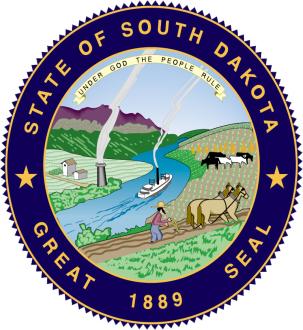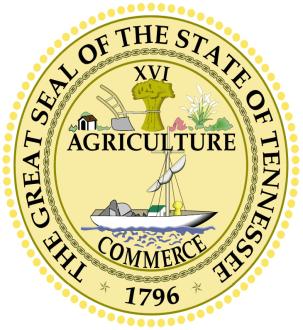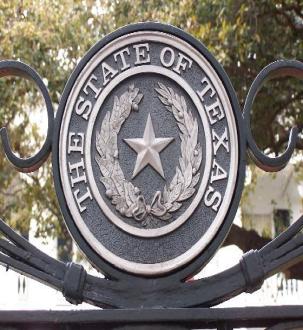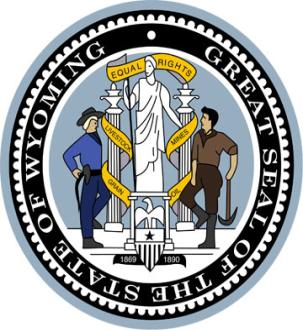- Alabama
Seal of Alabama - Alaska
Seal of Alaska - Arizona
Seal of Arizona - Arkansas
Seal of Arkansas - California
Seal of California - Colorado
Seal of Colorado - Connecticut
Seal of Connecticut - D.C.
Seal of DC - Delaware
Seal of Delaware - Florida
Seal of Florida - Georgia
Seal of Georgia - Hawaii
Seal of Hawaii - Idaho
Seal of Idaho - Illinois
Seal of Illinois - Indiana
Seal of Indiana - Iowa
Seal of Iowa - Kansas
Seal of Kansas - Kentucky
Seal of Kentucky - Louisiana
Seal of Louisiana - Maine
Seal of Maine - Maryland
Seal of Maryland - Massachusetts
Seal of Massachusetts - Michigan
Seal of Michigan - Minnesota
Seal of Minnesota - Mississippi
Seal of Mississippi - Missouri
Seal of Missouri - Montana
Seal of Montana - National (U.S.)
Seal - Nebraska
Seal of Nebraska - Nevada
Seal of Nevada - New Hampshire
Seal of New Hampshire - New Jersey
Seal of New Jersey - New Mexico
Seal of New Mexico - New York
Seal of New York - North Carolina
Seal of North Carolina - North Dakota
Seal of North Dakota - Ohio
Seal of Ohio - Oklahoma
Seal of Oklahoma - Oregon
Seal of Oregon - Pennsylvania
Seal of Pennsylvania - Rhode Island
Seal of Rhode Island - South Carolina
Seal of South Carolina - South Dakota
Seal of South Dakota - Tennessee
Seal of Tennessee - Texas
Seal of Texas - Utah
Seal of Utah - Vermont
Seal of Vermont - Virginia
Seal of Virginia - Washington
Seal of Washington - West Virginia
Seal of West Virginia - Wisconsin
Seal of Wisconsin - Wyoming
Seal of Wyoming
State seals are official symbols that are used to visually represent each state in the United States of America. State seals typically feature a combination of images, symbols, and text that are meant to resonate with the history, values, and identity of the state. The use of state seals dates back to colonial times, and have evolved over the years to become iconic representations of each state across the United States of America.
Each state in the United States has a unique seal, but they often feature common themes such as historical events, natural landmarks, and important figures. For example, the state seal of California features the word Eureka (Greek for "I have found it") which most likely refers to the discovery of gold. The state seal of Florida has a sabal palmetto palm (the state tree of Florida) and sun rays.
Seals are used in a variety of ways, including on official documents, flags, and stationery. They are also commonly used by state law enforcement agencies and other departments as a symbol of their authority and connection to the state. In police departments, fire departments and emergency medical services (EMS) state seals are often incorporated and customized into uniform patches and other items, such as police officer identification badges and challenge coins, to identify officers as representatives of the state. This helps to create a sense of unity and solidarity among officers, and also demonstrates the authority of the state in enforcing the law.
State seals are considered to be official symbols of the state and are protected by law. Unauthorized use of a state seal, such as to mislead the public, is typically prohibited. Some states may require approval or a license before using their state seal on products, advertisements, or other materials. It is important to familiarize yourself with the specific laws of your state regarding the use of its seal.
If you are unsure about the laws surrounding the use of a state seal, it is best to consult with the relevant state agency or seek legal advice. This will help ensure that your use of the state seal is appropriate and in compliance with the law.




